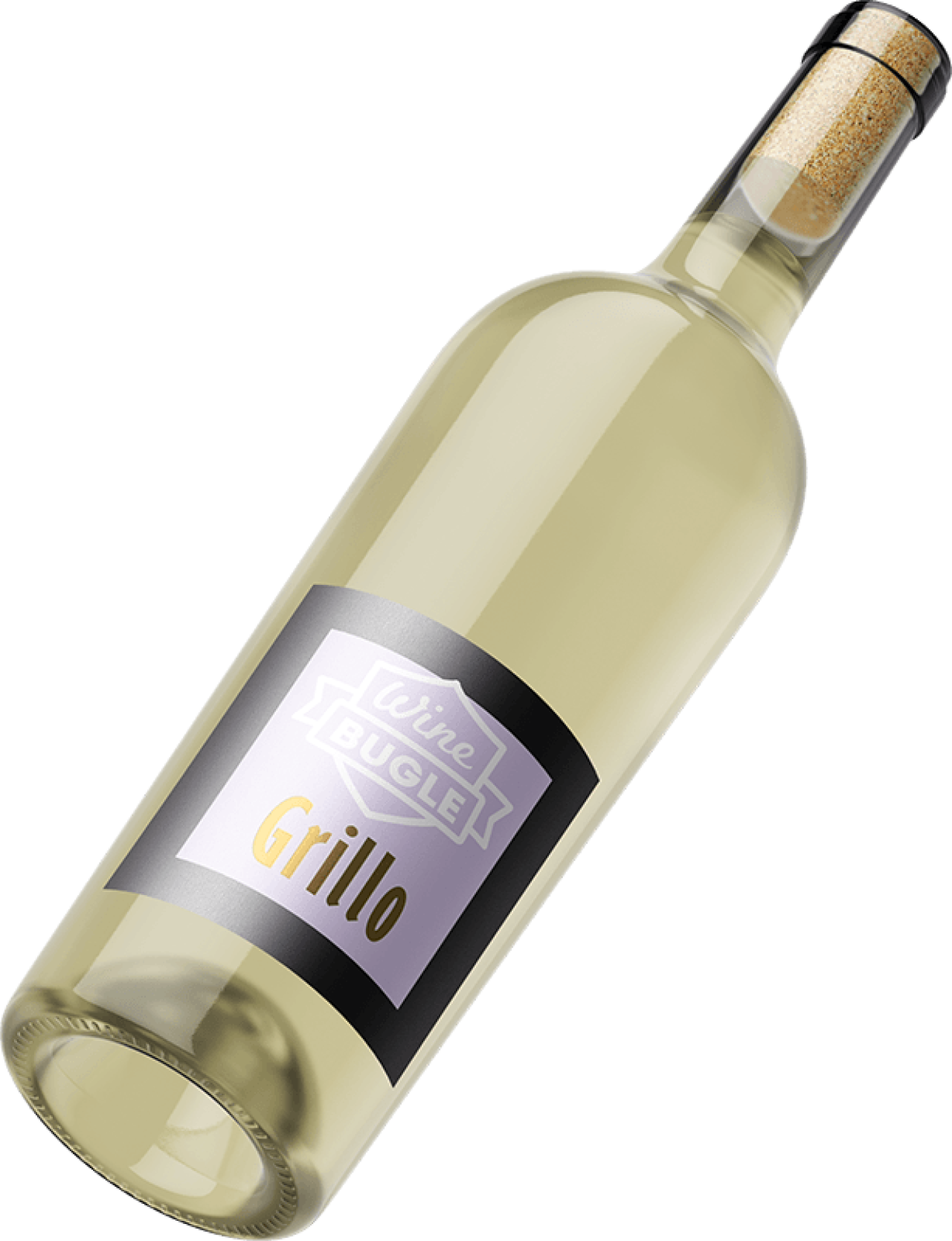Origins of Grillo grape
Grillo is a Sicilian white grape variety that now dominates the entire production of western Sicily. It is a resistant grape that gives good yields and produces very fragrant and intense dry white wines, both in purity and in blends. It is also used for the production of Marsala and is locally known by the synonym Riddu.
Its origins are widely debated. According to the first hypothesis, it is believed that Grillo is of Apulian origin. The vine would have spread in Sicily only in the post-phylloxera period. Grillo has been identified as the right vine to revive the island's viticulture after the difficulties and destruction resulting from the advent of the most feared parasite of the vine.
Another hypothesis, however, traces its origin to Sicily and a cross created in 1873 between the Zibibbo grape (Moscato d'Alessandria) and the Catarratto Bianco.
Its name literally translates as “cricket”, and it is said that it was Julius Caesar's favorite grape variety.
Where it is grown
The land of choice of Grillo is north-western Sicily, in particular the province of Trapani, and the area of Marsala, but the grape is also widespread in the provinces of Palermo and Agrigento. Outside of Sicily, Grillo is also grown in some areas of Puglia and Basilicata.
The resistance to heat and climatic adversities explains its great diffusion in the Sicilian territory. In particular, western Sicily is characterized by the constant presence of the Scirocco, a hot wind that contributes to making the climate rather arid and causing high temperatures. In such conditions, the Grillo grape can express itself at its best. The harvest is normally abundant, but not all soils are suitable for this vine, whose particularity is its much higher sugar content than other white grapes, and it generally prefers clayey and sandy areas.
Grillo has particular importance in the production of Marsala DOC which is one of the most used grape varieties, often together with Inzolia and Catarratto.
Grillo wine flavor and style
Grillo is a grape capable of producing excellent fortified wines (such as Marsala) and elegant white table wines.
The dry wines obtained from Grillo have a brilliant straw yellow color which sometimes takes on golden hues.
The scent is generous and broad with a riot of fruity and citrus aromas, which are associated with the floral notes of orange blossom and hawthorn.
On the palate, Grillo looks like a medium-bodied white wine, quite fresh and savory. It is a wine of great impact, characterized by a certain alcoholic warmth and a good roundness. Its freshness is revealed with hints of citrus mixed with vaguely brackish notes. It is an immediate and everyday wine, not particularly deep but also shows a good aging potential.
Grillo food pairings
Dry white wines based on Grillo go very well with all preparations of fish and shellfish, but also with white meats, vegetarian dishes such as pumpkin Tortelli, or Asian recipes that are not too spicy such as Pad Thai.
It is served at a serving temperature of 10 ° C, preferably in medium-sized goblets.
